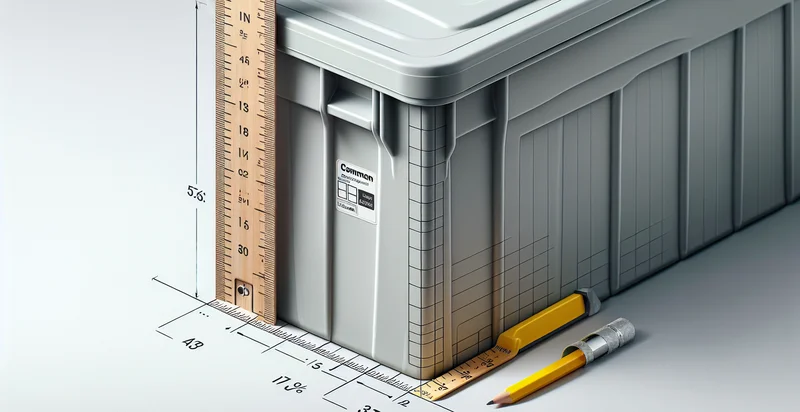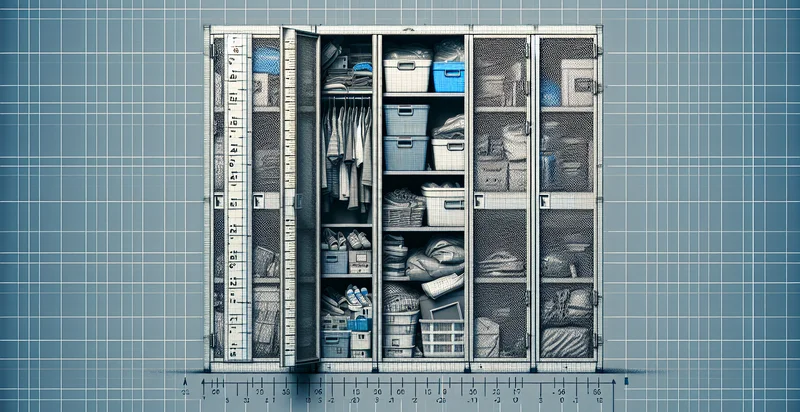Identify storage array conditions
using AI
Below is a free classifier to identify storage array conditions. Just upload your image, and our AI will predict the optimal storage array conditions for efficient performance. - in just seconds.

Contact us for API access
Or, use Nyckel to build highly-accurate custom classifiers in just minutes. No PhD required.
Get started
import nyckel
credentials = nyckel.Credentials("YOUR_CLIENT_ID", "YOUR_CLIENT_SECRET")
nyckel.invoke("storage-array-conditions", "your_image_url", credentials)
fetch('https://www.nyckel.com/v1/functions/storage-array-conditions/invoke', {
method: 'POST',
headers: {
'Authorization': 'Bearer ' + 'YOUR_BEARER_TOKEN',
'Content-Type': 'application/json',
},
body: JSON.stringify(
{"data": "your_image_url"}
)
})
.then(response => response.json())
.then(data => console.log(data));
curl -X POST \
-H "Content-Type: application/json" \
-H "Authorization: Bearer YOUR_BEARER_TOKEN" \
-d '{"data": "your_image_url"}' \
https://www.nyckel.com/v1/functions/storage-array-conditions/invoke
How this classifier works
To start, upload your image. Our AI tool will then predict the optimal storage array conditions for efficient performance..
This pretrained image model uses a Nyckel-created dataset and has 10 labels, including Damaged, Excellent Condition, Fair Condition, Good Condition, Intact, Non-Working Condition, Poor Condition, Very Good Condition, Very Poor Condition and Working Condition.
We'll also show a confidence score (the higher the number, the more confident the AI model is around the optimal storage array conditions for efficient performance.).
Whether you're just curious or building storage array conditions detection into your application, we hope our classifier proves helpful.
Related Classifiers
Need to identify storage array conditions at scale?
Get API or Zapier access to this classifier for free. It's perfect for:
- Predictive Maintenance: By analyzing storage array conditions through false image classification, businesses can predict hardware failures before they occur. This allows for proactive maintenance scheduling, reducing downtime and minimizing operational disruptions.
- Resource Allocation Optimization: The false image classification can identify inefficient utilization of storage arrays, enabling organizations to optimize resource allocation. By reallocating workloads to the most suitable storage solutions, companies can improve performance and reduce operational costs.
- Anomaly Detection: By leveraging false image classification, businesses can detect anomalies in storage array conditions that may indicate security breaches or operational failures. Early detection allows IT teams to respond quickly, mitigating potential risks to data integrity and security.
- Capacity Planning: This function can assist in assessing the current utilization and future capacity needs of storage arrays. By providing insights into storage conditions, IT managers can make informed decisions regarding expansion or upgrades, ensuring optimal performance.
- Compliance Monitoring: False image classification can help organizations ensure compliance with data storage regulations by continuously monitoring storage array conditions. This capability aids in risk management and helps maintain the integrity of sensitive information.
- Performance Benchmarking: Businesses can use false image classification to benchmark storage array performance against industry standards. This assessment allows organizations to identify underperforming systems and take corrective actions to enhance overall efficiency.
- Virtual Environment Support: The function can identify the health and performance of storage arrays in virtualized environments. By ensuring that storage solutions are functioning optimally, businesses can enhance the performance of their virtual machines, leading to better service delivery.


